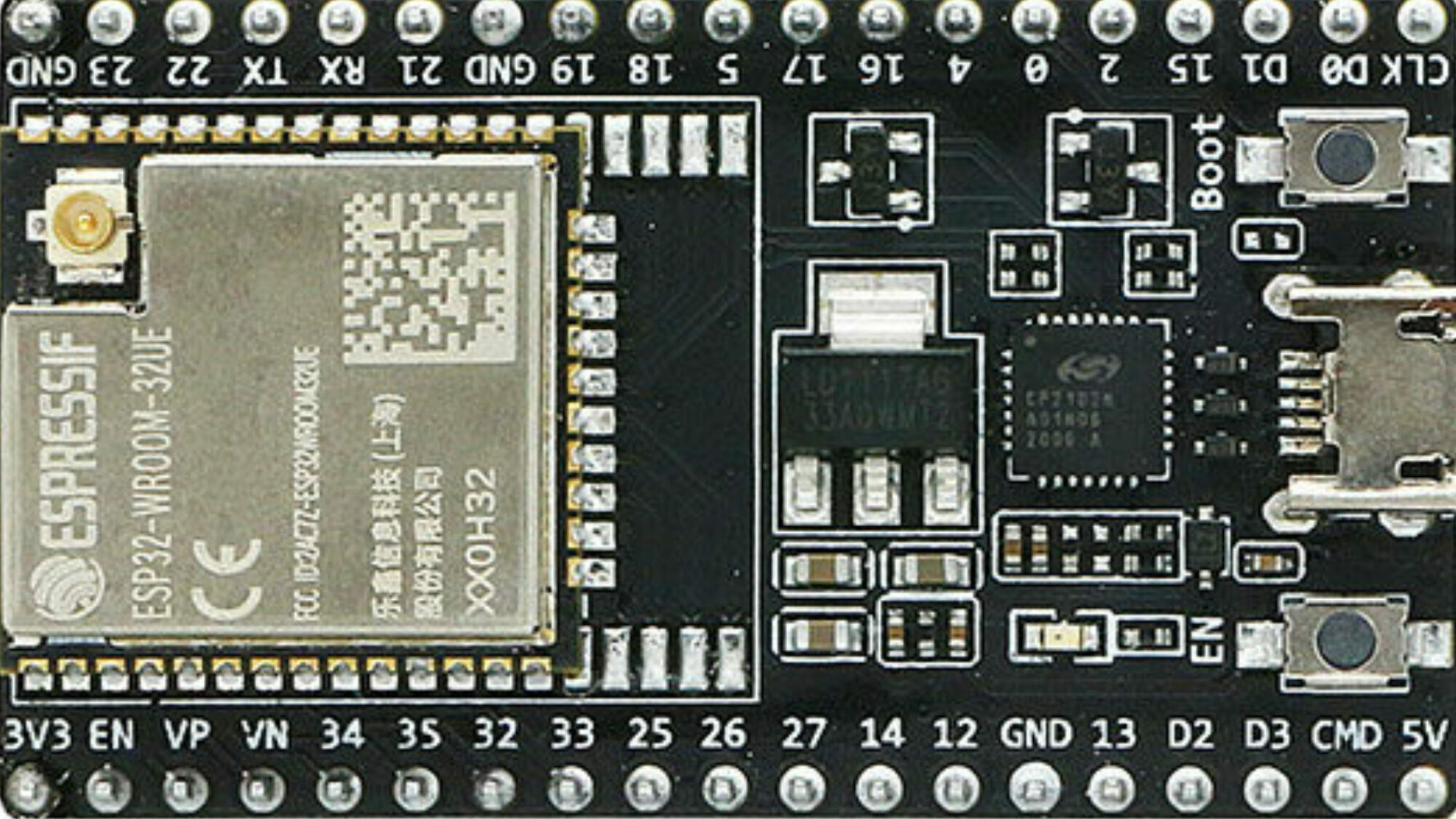The ESP32-WROOM-32E is a highly versatile microcontroller (MCU) that was developed by Espressif Systems and released in 2016. It possesses robust capabilities and applications for the designing of IoT products. One of the main parts of the ESP32 is its two CPU cores which can be operated either separately or together. This enables multitasking and parallel processing which gives the MCU improved performance in utilizing IoT applications. The ESP32 also has power consumption in mind with several power-saving features and low-power modes that give the user the ability to use battery powered devices for designing IoT products. The ESP32 is highly-integrated as well with in-built antenna switches, RF balun, a power amplifier, a low-noise receive amplifier, filters, and has minimal PCB requirements.
The Android API serves as an integral part of IoT design as it allows the user to utilize the ESP32 MCU through an app on an Android phone. The application is being developed in Android Studio. The development board will communicate with the Android Phone through a Bluetooth LE connection. With a user-friendly interface, the app offers an intuitive experience for monitoring and interacting with sensors wirelessly. This application not only enhances the accessibility of sensor data but also demonstrates the potential for practical control applications, showcasing the seamless integration of BLE technology with microcontrollers. As a result, users can leverage the app to manage both sensor data visualization and LED control, showcasing the adaptability and convenience offered by this technology.
The ESP32 Development Board serves as a versatile development platform suitable for prototyping purposes. In addition to facilitating prototyping, the board effectively showcases the capabilities of Espressif Systems’s ESP32-WROOM-32E microcontroller. Its application scope spans various fields, including wireless lighting, home automation, IoT, industrial automation, and Bluetooth Low Energy applications. Its power options include USB and Li-Po battery, with a straightforward setup requiring only a micro USB cable for both programming and power supply.
